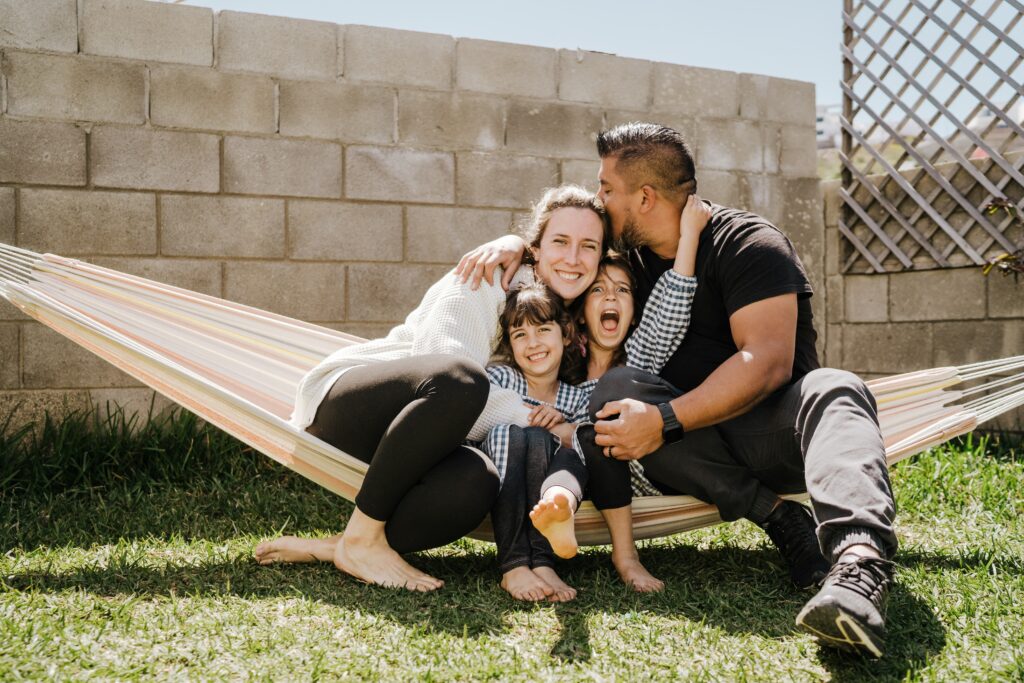The foster care system in each state includes a network of licensed foster homes and group homes where trained foster parents and caregivers provide a home for children who have been removed from their parent’s homes by the court system.
Foster care provides these children with a temporary, safe, and stable living environment while their biological parents work to address the issues that led to the child’s removal.
While children are placed in the homes of foster parents, the foster parents do not hold legal guardianship authority over them.
State child welfare agencies oversee and administer the foster care system, ensuring that children in foster care receive appropriate care, support, and services.
How Does a Child End Up in Foster Care?
Here’s how a child typically gets placed in foster care:
1. Referral To Child Protective Services
The process usually begins with a referral to Child Protective Services or a similar agency like the Division of Family Services.
Referrals can come from concerned individuals, such as teachers, doctors, neighbors, or family members, who suspect a child is in an unsafe living situation. Additionally, law enforcement or medical professionals may report cases of abuse or neglect.
2. Investigation
Upon receiving a referral, Child Protective Services initiates an investigation. This involves assessing the child’s safety and well-being by conducting interviews with the child, parents or guardians, and other relevant individuals and witnesses. They will also conduct home visits to evaluate the living conditions.
3. Assessment
Based on their investigation, the agency assesses whether the child is at risk and if intervention is necessary. If it is determined that the child’s safety cannot be ensured in their current home and that returning the child would be unsafe, they will recommend the child be removed from the home and placed in the state’s legal custody.
4. Court Involvement
In many cases, the decision to place a child in foster care is subject to court approval. The agency will work with the legal system to file a petition in family court, outlining the reasons for removal and presenting evidence to support their case.
5. Temporary Placement
Once the court approves the removal, temporary custody of the child is granted to the state. The child is then placed in the care of licensed foster parents or caregivers trained to provide a safe and nurturing environment.
6. Court Hearings
Additional court hearings are held to monitor the progress of the case. The court’s primary concern is the best interests of the child. The court often orders services, such as counseling, parenting classes, and drug rehabilitation, to support the biological family in resolving the issues that led to removal.
7. Reunification or Alternative Permanent Placement
The ultimate goal of foster care is often to reunify the child with their biological family when it is safe and in the child’s best interest.
However, if reunification is not possible or in the child’s best interest, the court may consider alternative permanent placement options, such as adoption or legal guardianship.

Are Foster Parents Legal Guardians?
When a child is removed from their parent’s home and placed into foster care, the child’s legal guardian is the state.
Foster parents provide care for the child on a day-to-day basis, but they do not have legal guardianship rights over the child.
Foster parents are legally considered the child’s caregivers or foster caregivers.
The foster parents are responsible for providing a safe and nurturing environment while collaborating with the child’s legal guardian (the state or government agency) to meet the child’s needs.
Can a Foster Parent Become a Legal Guardian? ion
While foster care is often a temporary measure, there are situations where the issues at home cannot be resolved, requiring a more permanent solution.
In some cases, rehabilitation and therapy may not resolve the issues, or parents may repeat harmful behaviors. In these situations, reunifying the children with their parents is not possible.
This can lead to the termination of parental rights by the court, opening the door to more permanent solutions such as adoption or guardianship.
In such cases, courts may designate or approve a legal guardian who assumes custodial rights and responsibilities through a guardianship order, providing long-term stability for the child.
It is legal in these situations for a foster parent to ask to become the legal guardian of a child placed in their custody.

Navigating Guardianship Proceedings
During foster care, the state has custody of the child, which continues even when parents’ rights are terminated.
Initiating guardianship proceedings, whether by foster parents or another family, requires approval from the state rather than the child’s parents.
This process begins with a court petition and notification to all relevant parties.
Legal Implications of Guardianship
As guardianship is established, the foster parents gain decision-making authority over the child’s life, similar to biological parents with full custody.
This power shift involves clearance from the child’s social worker for most decisions while in foster care but grants guardians full rights and responsibilities after court approval of the guardianship.
Guardianship marks the end of the foster parents’ relationship with social services, ensuring a stable and permanent home for the child.

